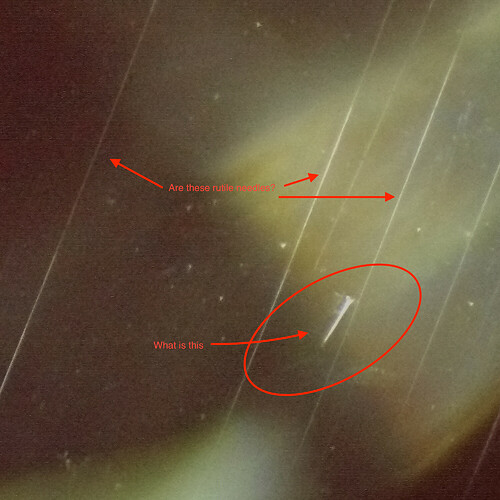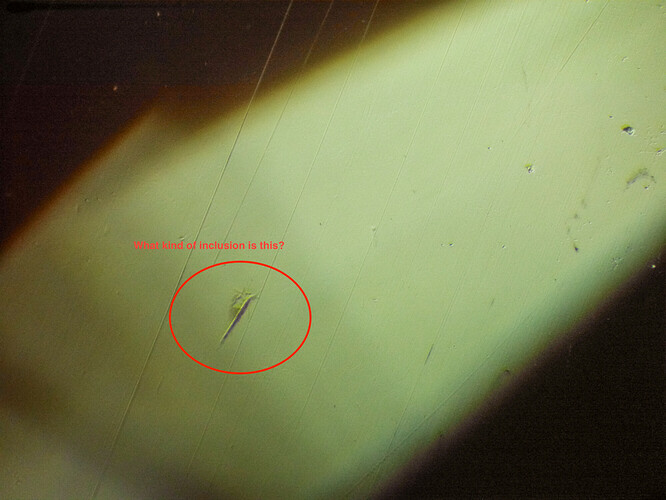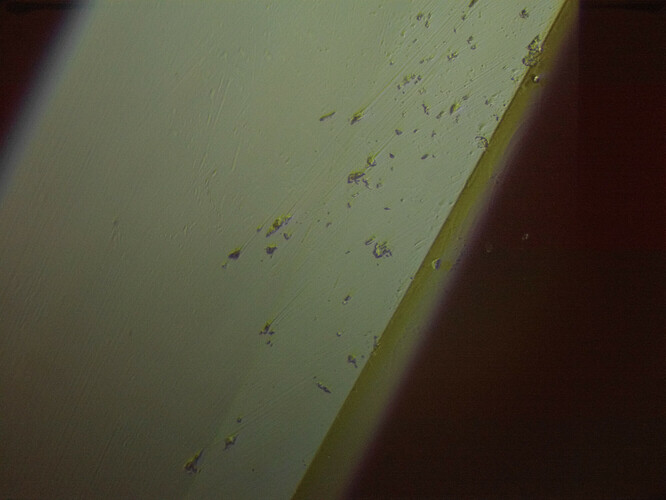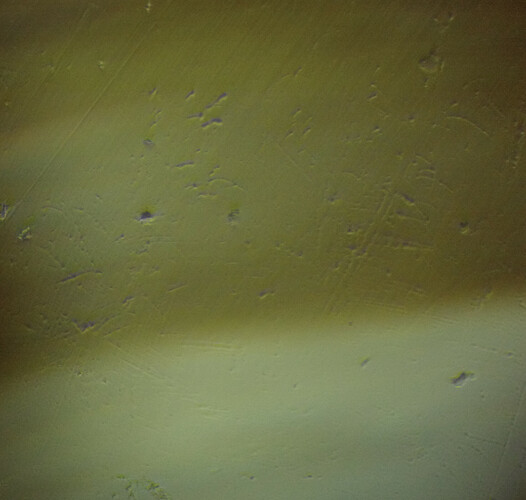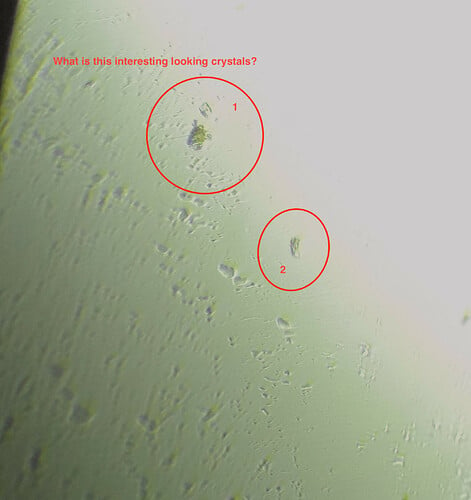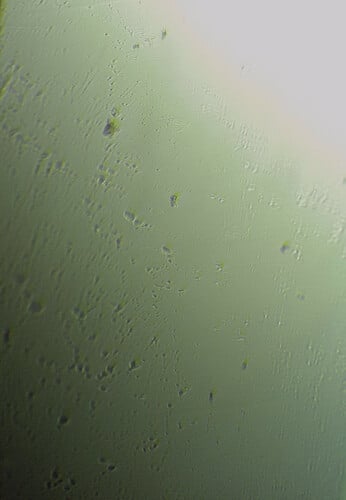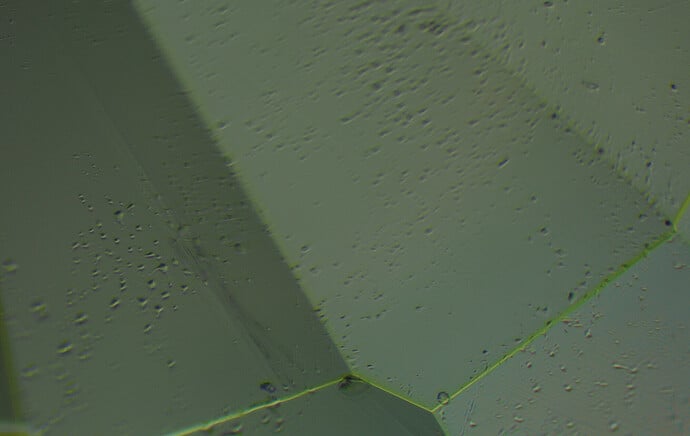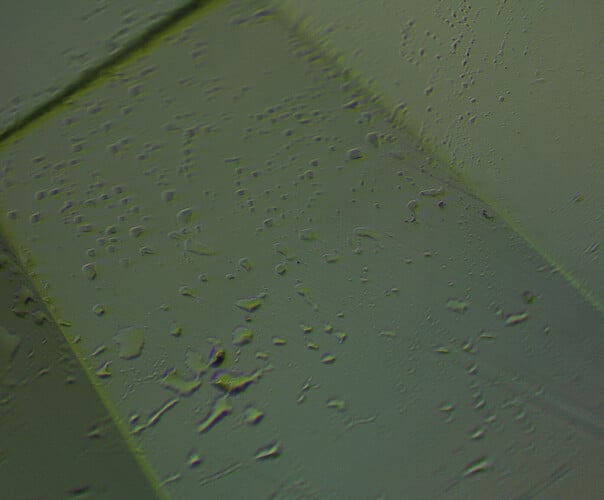Hi All,
I was wondering if anyone could help me identify the inclusions from a sapphire that I took with my microscope. I think these were all taken at 90x.
Image 1:
Image 2:
Image 3:
Image 4
Image 5
Image 6
Image 7
Image 8
Image 9
Does anyone have any tips on how to make tiny adjustments to the focus on a camera mounted on a microscope?
These are images that i took with a 36mp camera that came with my microscope. Unfortunately it does not save images in a raw format. Should I attach my Nikon D7000, Sony A7 or Fuji XT-4 to the microscope? Would that improve the quality of the images?
Sapphires can contain a variety of inclusions, rutile needles are common and referred to as ‘Silk’ then there can be gas bubbles or even other tiny crystals that were dissolved in the liquid corundum soup before crystalisation. The long lines are almost certainly polishing scratches.
The marks in image 3 could be surface damage from a coarser cutting wheel that was not removed during pre-polish, when looking at the missed meet in image 8, I don’t think the cutter’s attention to detail was overly high so this might explain the surface damage. All conjecture though.
On the camera question, the higher the pixel count the better the image potentially, but the final assessment is the quality of the lenses through the system.
If these images are at 90X, then the cutter did quite well with his meets…-royjohn
Compare the two meets in image 8, the right one is good, I beg to differ with the one in the centre
These may all actually be surface images. 9, 8, link like oil residue, 6 could actually be gunk on surface too. Whenever in doubt, just take something like a toothpick while focused and very carefully bring into view and see if you can use it to move the object or if it smears the surface objects. If so, just clean it and then refocus. Also be sure lens, micro lens, light source, all points of transparency are spotless when the stone is removed from view, to eliminate variables. = )
